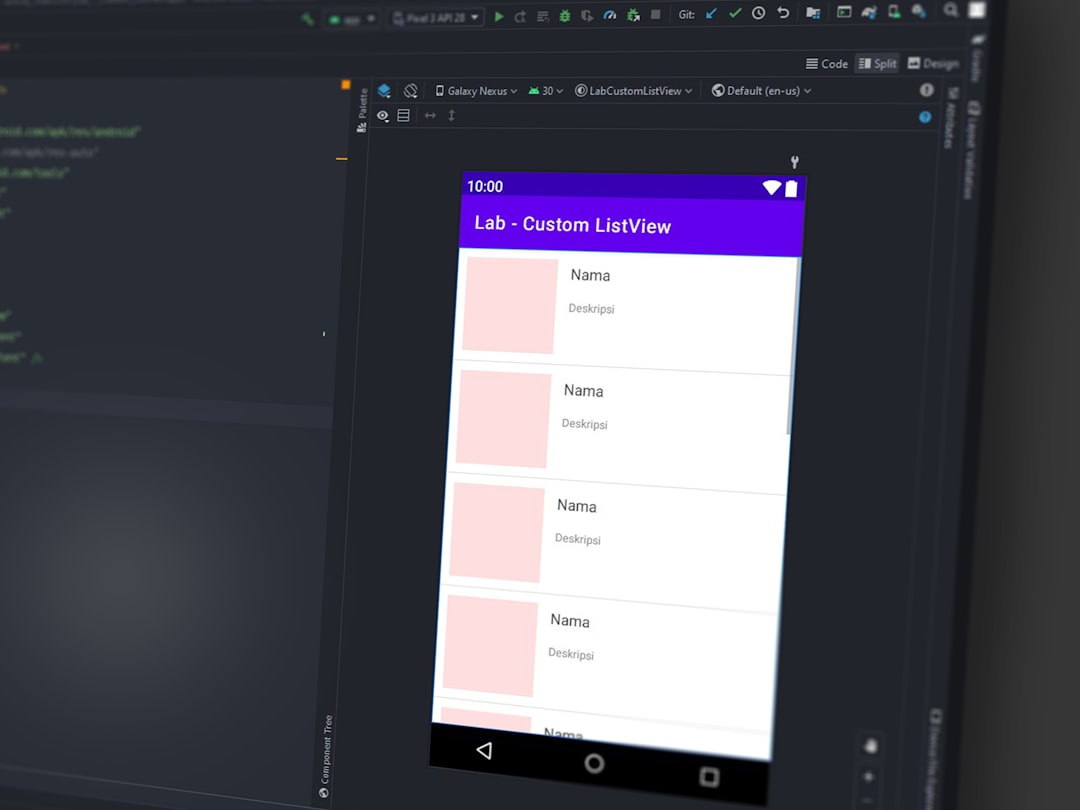Product analytics can be your best friend—or your worst enemy. Sure, numbers look impressive in board meetings. But some of them lie. Or worse, they distract you from what really matters. It’s like following a GPS that’s just slightly off—it takes you somewhere, but not the right place.
Let’s take a light-hearted tour through the 10 most misleading product analytics metrics. These are the metrics that might seem juicy, but they don’t help your product grow. In fact, they can totally throw you off track.
1. Vanity Metrics
Ah yes, the crown jewel of misleading metrics.
- Page views
- App downloads
- Registered users
These look great on a slide deck. But do they actually tell you whether users love your product? Not really. You need to focus on what happens after the click or download.

2. Total Signups
This number inflates quickly and makes everyone feel warm and fuzzy. But are these signups doing anything useful? If 90% of them bounce after one visit, then it’s just a big ol’ number with no soul. Focus instead on activated users—the ones who are actually using your product.
3. Bounce Rate
People panic when this number looks high. But here’s the thing: a high bounce rate isn’t always bad. If a user lands, finds what they’re looking for, and leaves—that’s not failure. It means your product worked fast. Context is everything with this metric.
4. Average Session Duration
People like to brag about how long users stay in their app.
But here’s a hot take: shorter might be better. If someone finishes a task quickly, that’s great UX. A long session time could mean they’re confused or stuck. Don’t assume longer equals better.
5. Number of Features Used
This one sounds smart, right? But it’s sneaky. Just because someone clicked a bunch of features doesn’t mean they were happy, or that the product is useful. What matters is whether they used the right features to accomplish their goals.

6. DAUs Without Context
DAU stands for Daily Active Users, and it’s a classic. But don’t hang everything on it. Ask yourself:
- What do those users actually do?
- Are they power users or just peeking in?
DAUs can spike for reasons that have nothing to do with true engagement—like a one-time promo or curiosity clicks from a viral tweet. Dig deeper!
7. App Store Ratings Alone
Everyone wants 5 stars. But those little numbers don’t always tell the full story. Sometimes happy users forget to rate. Sometimes angry users vent with a 1-star review. It’s useful data, yes—but not in isolation. Combine it with quantitative usage data and qualitative feedback.
8. Conversion Rate Without Funnel Insight
Imagine you see a 10% conversion rate. Not bad, right? But what’s really happening in the funnel?
- Are users dropping off at a specific step?
- Is your checkout broken for half the users?
Conversion rate is just one number. Always pair it with a view of the full user journey.
9. NPS Without Follow-up
Net Promoter Score (NPS) is a beloved tool in many product teams. But it’s not magic. A single score doesn’t give you detail. If your score dips, you need to know why. Ask follow-up questions. Look for patterns in qualitative comments.
10. Total Revenue (Instead of Revenue Quality)
This is the biggest trap of all. You made money? Cool. But at what cost?
If you’re burning cash on acquisition or depending heavily on discounting, that top-line revenue may not last. Healthy revenue comes from happy, retained users who see real value in your product and stick around.
So… What Should You Measure Instead?
Now that we’ve roasted the worst offenders, let’s shine a light on metrics that actually help teams build better products. Here’s a mini list of healthy, honest metrics you can lean on:
- Activation Rate: The percentage of new users that reach a key milestone (like completing an onboarding step)
- Feature Retention: How many users come back to use a core feature repeatedly
- Customer Lifetime Value (CLV): The revenue you earn over a user’s full journey
- Task Completion Rate: Can people quickly and easily finish what they came to do?
- Cohort Retention: How well new users in a specific time window stay over time
These are the kinds of metrics that guide strategy. They help teams improve the experience, not just the spreadsheet.

Final Thoughts (and a Tiny Rant)
Data isn’t the enemy. But bad data is. Or rather, data used badly.
As a product manager or designer or growth hacker, your job isn’t just to report numbers. It’s to tell a story. And to make choices that improve lives—whether that’s making someone’s workflow easier or helping them laugh with a fun mobile game.
So kill the vanity metrics. Don’t let shiny numbers make you feel good unless they’re backed by real user value. The best products aren’t built on dashboards. They’re built on insight, curiosity, and empathy.
Now go build something awesome—and measure what matters.
I’m Sophia, a front-end developer with a passion for JavaScript frameworks. I enjoy sharing tips and tricks for modern web development.
